Odisha State Board CHSE Odisha Class 12 Invitation to English 1 Solutions Poem 1 Daffodils Textbook Exercise Questions and Answers.
Class 12th Invitation English Poem Chapter 1 Daffodils Question Answers CHSE Odisha
Daffodils Class 12 Questions and Answers
Think it out
Question 1.
When did the poet see the daffodils?
Answer:
The poet saw the daffodils when he was moving about aimlessly.
Question 2.
Where did the poet see the daffodils?
Answer:
The poet saw the daffodils under the trees and beside the lake.
Question 3.
Fill in the blanks to describe the idea of stanza 1: The poet was __________ in the English Countryside. He saw thousands of __________ fluttering and dancing beneath _________ and beside __________. The daffodils appeared to be ___________ in the strong breeze.
Answer:
The poet was wandering in the English Countryside. He saw thousands of golden daffodils fluttering and dancing beneath the trees and beside the lake. The daffodils appeared to be dancing in the strong breeze.
Question 4.
What does the poet compare the daffodils with?
Answer:
The poet compares the daffodils with the stars on the Milkyway.
Question 5.
What resemblance does he find between the stars and the daffodils?
Answer:
The resemblance the poet finds between the stars and the daffodils is one of countlessness.

Question 6.
What does the poet say about the number of flowers?
Answer:
The poet says that he saw ten thousand flowers at a glance.
Question 7.
Where were the flowers?
Answer:
The flowers were beside the lake.
Question 8.
Which of the two danced more sprightly – the waves or the daffodils?
Answer:
The daffodils danced more sprightly.
Question 9.
How does the poet feel while looking at the daffodils?
Answer:
While looking at the daffodils, the poet’s happiness knows no bounds. The site is a gay inspiration to him.
Question 10.
What happens to the poet when he lies on his couch?
Answer:
When he lies in his couch in a thoughtful or thoughtless mood, the lively picture of the sprightly dancing daffodils flashed upon his inward eye and fills his entire being with joy.

Question 11.
Mention the two moods of the poet?
Answer:
The two moods of the poet are vacant (free from thought) mood and pensive (thoughtful) mood.
Question 12.
What does the poet feel when he remembers the sight of the daffodils?
Answer:
When he remembers the sight of the daffodils, it fills his entire being with joy. His heart begins to dance with the flowers. In short, the sight of daffodils proves to be a source not only of immediate pleasure but also Of lasting joy.
Question 13.
When does the poet write the poem – beside or off the lake?
Answer:
The poet writes the poem off the lake.
Question 14.
Do you find a rhyme scheme in the poem? The rhyming scheme of the first stanza is a b a b (a – ‘cloud’ and ‘crowd’; b – ‘hills’ and ‘daffodils’), ending with a rhyming couplet cc (c – ‘trees’ and breeze’). Is the rhyme scheme similar in the other three stanzas or do you find any variation?
Answer:
The rhyme scheme in the other three stanzas is similar.
Question 15.
How many times is the word “dance” repeated in this poem? In which line does it show the happiness and liveliness of the flowers?
Answer:
The word ‘dance’ is repeated four times in this poem. The line “Tossing their heads in sprightly dance” shows the happiness and liveliness of the flowers.
Question 16.
In which line does it create a sense of harmonious relationship between the daffodils and the waves?
Answer:
The line – ‘The waves beside them danced’ creates a sense of the harmonious relationship between the daffodils and the waves.
Question 17.
In which line does this harmonious relationship include the poet himself?
Answer:
The line ‘In such a jocund company’ establishes this harmonious relationship that includes the poet himself.
Question 18.
What figures of speech do you find in the poem?
Answer:
We find the figures of speech such as ‘metaphors’ and ‘similes’ in the poem.
Question 19.
‘Simile’ is a figure of speech that makes an explicit comparison between two unlike things by using ‘like’, ‘as’, etc. For example, in ‘I wandered lonely as a cloud’, as the loneliness of the poet resembles the loneliness of the cloud that is floating high in the sky, the figure of speech used is a simile. What other example of a simile do you find in the poem?
Answer:
The other example of a simile we find in the poem is “continuous as the stars that shine”.
Question 20.
‘Metaphor’ is a figure of speech that makes an implicit comparison between two, unlike things. In ‘What wealth the show to me had brought’, the poet imagines the happiness brought to him by the beautiful scene of the flowers as “wealth”. Does he use a metaphor here?
Answer:
Yes, he uses a metaphor here.

Question 21.
“Ten thousand saw I at a glance” – is it an exaggeration? Will you call it a ‘hyperbole’?
Answer:
It is an exaggeration. We call it a “hyperbole”.
Question 22.
What figure of speech does the poet use in “They stretched in never-ending line.”?
Answer:
The poet uses “hyperbole” in “They stretched in never-ending line
CHSE Odisha Class 12 English Daffodils Important Questions and Answers
I. Multiple-Choice Questions (MCQs) with Answers
Question 1.
The poem ‘Daffodils’ is composed by ___________?
(A) William Wordsworth
(B) John Keats
(C) P.B. Shelly
(D) None of the above
Answer:
(A) William Wordsworth
Question 2.
William Wordsworth was born in _________?
(A) 1770
(B) 1780
(C) 1775
(D) 1772
Answer:
(A) 1770
Question 3.
Does this poem incorporate the ideas and aspects essential to _____________?
(A) romantic poetry
(B) metaphysical poetry
(C) spiritual poetry
(D) None of these
Answer:
(A) romantic poetry

Question 4.
‘I wandered lonely as a cloud’. Here I refers to ______________?
(A) the reader
(B) the cloud
(C) the daffodils
(D) the poet
Answer:
(D) the poet
Question 5.
‘Continuous as the stars that shine and twinkle on the milky way. In the above lines, the daffodils have been compared to ____________?
(A) the clouds
(B) the other flowers
(C) the stars
(D) milky way
Answer:
(C) the stars
Question 6.
The poet saw the daffodils _____________?
(A) along the margin of a bay
(B) by the side of a pool
(C) by the riverside
(D) in a garden
Answer:
(A) along the margin of a bay
Question 7.
‘A poet could not but be gay in such a jocund company’. Here ‘jocund company’ refers to the ____________?
(A) Mends of the poet
(B) waves
(C) daffodils
(D) stars
Answer:
(C) daffodils
Question 8.
“What wealth the show to me had brought.” By ‘wealth’ the poet means _____________?
(A) happiness
(B) good
(C) pleasure
(D) money
Answer:
(A) happiness
Question 9.
‘A host of golden daffodils,’ Here ‘A host’ means ______________?
(A) a few
(B) one who entertains
(C) a guest
(D) a large number
Answer:
(D) a large number

Question 10.
‘Bliss’it means ____________?
(A) great love
(B) great joy
(C) great blessing
(D) great loneliness
Answer:
(B) great joy
Question 11.
‘They stretched in never-ending line along the margin of a bay” Here ‘they’ refers to _____________?
(A) the stars
(B) the daffodils
(C) the clouds
(D) the hills
Answer:
(B) the daffodils
Question 12.
The daffodils were growing?
(A) along the margin of a bay
(B) by the side of a pool
(C) by the riverside
(D) in a garden
Answer:
(A) along the margin of a bay
Question 13.
The poet saw _____________ daffodils?
(A) a few
(B) white
(C) blue
(D) a large number of
Answer:
(D) a large number of
Question 14.
When the poet was looking at the daffodils?
(A) he felt sad to seé them
(B) he was totally lost in their beauty
(C) he thought they were ugly
(D) he felt like dancing
Answer:
(B) he was totally lost in their beauty
Question 15.
“Never-ending line” means _________?
(A) a curved line
(B) a short line
(C) a continuous line
(D) line of stars
Answer:
(C) a continuous line

Question 16.
‘1.’en thousand saw I at a glance tossing their heads in sprightly dance.” Here ‘sprightly dance’ means ____________?
(A) a slow dance
(B) a lively dance
(C) dance of the spirits
(D) a religious dance
Answer:
(B) a lively dance
Question 17.
“Solitude” means ____________?
(A) being alone
(B) being together
(C) being in trouble
(D) being sad
Answer:
(A) being alone
Question 18.
“Glee” means __________?
(A) joy
(B) sadness
(C) gloom
(D) happiness
Answer:
(D) happiness
Question 19.
“A poet could not but be gay” means __________?
(A) the poet could not sleep
(B) the poet was very sad
(C) the poet was happy
(D) the poet could not be happy
Answer:
(C) the poet was happy
Question 20.
William Wordsworth was an __________ poet?
(A) Irish
(B) English
(C) Scottish
(D) Welsh
Answer:
(B) English
Question 21.
William Wordsworth was a poet of _____________?
(A) nature
(B) romance
(C) beauty
(D) loves
Answer:
(A) nature
Question 22.
William Wordsworth died in ____________?
(A) 1770
(B) 1772
(C) 1850
(D) 1852
Answer:
(C) 1850
Question 23.
William Wordsworth was a poet of natural objects and _____________ people?
(A) country
(B) common
(C) aristocratic
(D) gentry
Answer:
(A) country
Question 24.
Wordsworth was honored as _____________?
(A) romantic poet
(B) England poet laureate
(C) common people’s poet
(D) pathçtic poet
Answer:
(B) England poet laureate
Question 25.
What did the poet see?
(A) a lot of clouds
(B) a lonely cloud
(C) a host of golden daffodils
(D) both (B) and (C)
Answer:
(C) a host of golden daffodils

Question 26.
Where did the poet see the daffodils?
(A) beside the lake
(B) near the tree
(C) in a big field
(D) on the lap of the hill
Answer:
(A) beside the lake
Question 27.
What were the daffodils doing?
(A) dancing and singing
(B) fluttering and dancing in the breeze
(C) shinning with a happy glance
(D) dancing in the water
Answer:
(B) fluttering and dancing in the breeze
Question 28.
Whom does the poet compare with the daffodils?
(A) star
(B) tree
(C) cloud
(D) lake
Answer:
(A) star
Question 29.
Where do the stars shine?
(A)on the sky
(B) on the milky way
(C) in the water
(D) top of daffodils
Answer:
(B) on the milky way
Question 30.
How many daffodils did the poet see at a glance?
(A) five thousand
(B) ten thousand
(C) fifteen thousand
(D) none of these
Answer:
(B) ten thousand

Question 31.
Where are the daffodils fluttering and dancing?
(A) in the sea
(B) in the lake
(C) in the ocean
(D) in the breeze
Answer:
(D) in the breeze
Question 32.
Who was dancing like the daffodils?
(A) rivers
(B) seas
(C) waves
(D) lakes
Answer:
(C) waves
Question 33.
The poem ‘Daffodils’ can be called a ___________?
(A) nature poem
(B) heroic poem
(C) psychoanalytical poem
(D) None of these
Answer:
(A) nature poem
Question 34.
“A state of loneliness” is called __________?
(A) pensive
(B) vacant
(C) solitude
(D) pleasure
Answer:
(C) solitude
Question 35.
What does the poet mean by “little thought” when he says “I gazed and gazed-but little thought”?
(A) He had thought a little
(B) He had not thought
(C) He had some thought
(D) He had a small thought
Answer:
(B) He had not thought
Question 36.
How did the daffodils surpass the waves?
(A) In their cheerfulness and brightness
(B) In their sprightly dance
(C) With their shine and number
(D) In their beauty and joyfulness
Answer:
(A) In their cheerfulness and brightness
Question 37.
Who was/were wandering lonely?
(A) A cloud
(B) The poet
(C) The daffodils
(D) The stars
Answer:
(B) The poet
Question 38.
To whom does the poet compare himself?
(A) The daffodils
(B) The cloud
(C) The stars
(D) The lake
Answer:
(B) The cloud
Question 39.
The poet has made two comparisons in the poem “Daffodils”. What are they?
(A) Himself with a cloud, daffodils with the stars
(B) Happiness with thè daffodils, stars with daffodils
(C) Himself with the daffodils, daffodils with the stars
(D) Himself with the stars, daffodils with the stars
Answer:
(A) Himself with a cloud, daffodils with the stars
Question 40.
“I wandered lonely as a cloud”. This statement is an example of a _____________?
(A) Simile
(B) Metaphor
(C) Personification
(D) Hyperbole
Answer:
(A) Simile

Question 41.
1 gazed and gazed suggests that the poet?
(A) took time to see all the flowers
(B) had no other work
(C) was lonely
(D) was enchanted
Answer:
(D) was enchanted
Question 42.
Whom does the poet personify in the poem “Dáffodils”?
(A) The daffodils
(B) The cloud
(C) The stars
(D) The lake and trees
Answer:
(A) The daffodils
Question 43.
How does the poet personify the daffodils?
(A)By calling them a company
(B) By saying they are fluttering and dancing
(C) By referring to them as a host
(D) By keeping them in his memory
Answer:
(B) By saying they are fluttering and dancing
Question 44.
Which of the following is an exaggerated phrase/statement?
(A) A host of golden daffodils
(B) Ten thousand saw I at a glance
(C) The waves beside them dance
(D) I wandered lonely as a cloud
Answer:
(B) Ten thousand saw I at a glance
Question 45.
Which of the following means “Moving to and for”?
(A) Dancing
(B) Sprightly
(C) Fluttering
(D) Tossing
Answer:
(D) Tossing
Question 46.
Which of the following is the opposite of “Vacant”?
(A) Plaintive
(B) Pensive
(C) Gleeful
(D) Jocund
Answer:
(B) Pensive
Question 47.
What is the “inward eye” the poet mentions in the poem “Daffodils”?
(A) Inner eye
(B) Mind’s eye
(C) Heart’s eye
(D) Closed eyes
Answer:
(B) Mind’s eye
Question 48.
How many times is the word “dance” repeated in this poem?
(A) Two
(B) Three
(C) Four
(D) Five
Answer:
(C) Four

II. Short Type Questions with Answers
Question 1.
Where did the poet see the daffodils and what does the poet compare the daffodils with?
Answer:
The poet saw the daffodils when he was moving about aimlessly. He saw the daffodils under the trees and beside the lake. The poet compares the daffodils with the stars on the Milkyway.
Question 2.
What resemblance does he find between the stars and the daffodils and how I does the poet feel while looking at the daffodils?
Answer:
The resemblance the poet finds between the stars and the daffodils is one of countlessness. While looking at the daffodils, the poet’s happiness knows no bounds. The site is a gay inspiration to him.
Question 3.
What happens to the poet when he lies on his couch?
Answer:
When he lies in his couch in a thoughtful or thoughtless mood, the lively picture of the sprightly dancing daffodils flashed Upon his inward eye and fills his entire being with joy.
Question 4.
What does the poet feel when he remembers the sight of the daffodils?
Answer:
When he remembers the sight of the daffodils, it fills his entire being with joy. His heart begins to dance with the flowers. In short, the sight of daffodils proves to be a source not only of immediate pleasure but also of lasting joy.
Question 5.
What is the similarity between the stars and the daffodils?
Answer:
The stars twinkle continuously in a milky way being innumerable and the daffodils, in the same way, danced and swayed in the breeze as if having no end.

Question 6.
What impact did the dancing daffodils have on the poet?
Answer:
The poet was deeply enchanted by the beautiful dancing daffodils. It was as if a great wealth for the poet. He was happy with the jocund company of the flowers.
Question 7.
How did a jocund company’ impact the poet?
Answer:
The expression ‘jocund company’ refers to the merry association of the waves and the daffodils dancing in joy. While gazing at the daffodils, the poet was beside himself with joy. The waves and the daffodils produced a cheerful effect on the poet in their company.
Question 8.
Where does a cloud float?
Answer:
The poet wanders all alone like a piece of cloud floating high over valley and hills.
Question 9.
‘The poet has described the motion of the daffodils.’ Quote the words to support your answer?
Answer:
The motion or the movement of the daffodils has been reflected in their “fluttering” and “dancing” to the tune of the breeze blowing.
Question 10.
Quote the words that give an instance of alliteration?
Answer:
“Alliteration” is a type of comparison. The far-stretching daffodils appear to the poet be continuous like the stars that shine in the night sky.
Question 11.
Which figure of speech does the poet use and why? Give an example?
Answer:
In the figure of speech, the poet has used ‘hyperbole’ for exaggeration and effect. He has tried to show the plentitude (profuse) of the flowers using the expression “ten thousand”.

Detailed Summaries and Glossary
Stanza – 1
I wandered………………………………………………………………………the breeze.
At the beginning, the poet is not only lonely, but also in a state of wandering, that is, moving about aimlessly as a floating cloud. All on a sudden, he sees a crowd – a whole bank of beautiful daffodils, quivering and ‘dancing in the breeze’ by the side of the lake, ‘beneath the trees’. The simile that compares the poet’s state to that of a cloud reinforces the very idea of an aimless drift.
ସାରମର୍ମ :
କବିତାର ଆଦ୍ୟଭାଗର ବର୍ଣ୍ଣନାନୁଯାୟୀ କବି କେବଳ ଏକାକୀ ନାହାନ୍ତି, ବରଂ ସେ ଏକ ଭାସମାନ ବାଦଲ ଭଳି ଲକ୍ଷ୍ୟହୀନ ଭାବେ ଘୂରି ବୁଲୁଛନ୍ତି । ହଠାତ୍ ଏକ ହ୍ରଦକୂଳରେ ଅନେକ ଡାଫୋଡ଼ିଲ୍ ହଲି ଦୋହଲି ପବନରେ ନାଚୁଥିବାର ସେ ଦେଖିବାକୁ ପାଇଛନ୍ତି । କବିଙ୍କ ମାନସିକ ଅବସ୍ଥାକୁ ଭାସମାନ ବାଦଲ ସହିତ ତୁଳନା କରାଯାଇଥିବାରୁ କବି ଯେ ଲକ୍ଷ୍ୟହୀନ ଭାବେ ଭ୍ରମଣ କରୁଛନ୍ତି ତାହା ବୁଝାପଡ଼ୁଛି ।
Glossary
lonely : The poet was not exactly lonely, for his sister Dorothy, was with him. The word ‘lonely’ refers to the state of the poet’s mind. This word helps to create a
beautiful atmosphere.
cloud : ବାଦଲ
floats : ଭାସିବା
vales : ଭ୍ୟାଲେସ୍
daffodils : bell-shaped flowers of golden yellow colour, with narrow leaves, which bloom ¡n early . spring usually by the side of lakes ଏକ ପ୍ରକାର ସ୍ଥଳପଦ୍ମ ଜାତୀୟ ଫୁ ଲ
a host of : a large number of – ବହୁ ସଙ୍ଖ୍ୟକ
beside : at the side of (ପାଖରେ)
lake : the poet here refers to lake Ullswater on the borders of Cumberland and west Moonland – (ହ୍ରଦ)
beneath : ତଳେ
fluttering : quivering
breeze : ପବନ

Stanza – 2
Continuous as ………………………………………………………. sprightly dance.
In this stanza, in the poet’s ‘inward eye’, his imagination moves from earth to heaven and discovers a similarity between the daffodils and the stars. The beautiful spectacle of the crowd of dancing daffodils reminds the poet of the luminous stars in the sky. The flowers by the shore of the lake seem as countless as the stars. He catches sight of ‘ten thousand at a glance’, moving their heads in a gay and lively dance.
ସାରମର୍ମ :
ଏହି ପଦରେ କବିଙ୍କର ଅନ୍ତଃଦୃଷ୍ଟିରେ ତାଙ୍କ କଳ୍ପନାଶକ୍ତି ପୃଥିବୀପୃଷ୍ଠରୁ ଆକାଶକୁ ଗତିଶୀଳ ହୋଇଛି ଏବଂ ସେ ଡାଫୋଡ଼ିଲ୍ ଏବଂ ତାରକାପୁଞ୍ଜ ମଧ୍ୟରେ ସାମଞ୍ଜସ୍ୟ ଆବିଷ୍କାର କରିଛନ୍ତି । ଅଗଣିତ ନୃତ୍ୟମାନ ଡାଫୋଡ଼ିଲ୍ ତାଙ୍କୁ ଆକାଶର ଉଜ୍ଜ୍ଵଳ ତାରକାରାଜି କଥା ମନେପକାଇ ଦେଇଛି । ହ୍ରଦକୂଳର ଫୁଲ୍ଗୁଡ଼ିକ ତାଙ୍କୁ ଅଗଣିତ ତାରକା ଭଳି ମନେ ହୋଇଛି । ଏକାଥରକେ ସେ ଦଶହଜାରସଂଖ୍ୟକ ଡାଫୋଡ଼ିଲ୍ ମୁଣ୍ଡ ହଲାଇ ଜୀବନ୍ତଭାବେ ନୃତ୍ୟ କରୁଥିବାର ସେ ଦେଖାରି ଛନ୍ତି ।
Glossary
twinkle : shine
milkway : the broad, luminous band of stars encircling the sky (ଛାୟାପଥ)
never-ending : endless (ସୀମୀହୀନ)
margin : border(ସୀମୀ)
bay : here refers to a lake (ହୀନ)
ten thousand : many. not to be taken seriously
ten thousand at a glance : Here we come across an example of hyperbole, a figure of speech, rather rare in Wordsworth, purposeful exaggeration. The line of flowers is imagined to be stretching almost into infinity, through the use of phrase like ‘ten thousand’, etc.
glance : ବାହାପ
tossing : moving (ଟସ୍ ମାରିବା)
sprightly : lively (ସ୍ପଷ୍ଟ ଭାବରେ)
Tossing dance : moving their heads in gay and lively dance (ସେହି ଫୁଲ ଗୁଡ଼ିକ)
Stanza – 3
The waves ……………………………………………………………………..had brought.
The waves besides the flowers are dancing, but the mirth of daffodils is far greater than that of the waves. The entire atmosphere is one of joy and this delight sinks deep into the poet’s heart. His eyes are fixed on the spectacular sight. The poet fails to realize that the beautiful scene is going to be a source of joy for him in the future also. In short, the show of the flowers brings great ‘wealth’ to the poet,because the poet’s imagination changes them, again and again, into something precious and permanently lovable.
ସାରମର୍ମ :
ଫୁଲଗୁଡ଼ିକ ଭଳି ଲହରୀମାଳା ମଧ୍ଯ ନୃତ୍ୟ କରୁଛନ୍ତି, ମାତ୍ର ଡାଫୋଡ଼ିଲ୍ର ପ୍ରଫୁଲ୍ଲତା ଲହରୀମାଳାର ପ୍ରଫୁଲ୍ଲତାଠାରୁ ଢେର ବେଶି । ସମଗ୍ର ପରିବେଶ ଆନନ୍ଦପ୍ରଦ ରହିଛି ଏବଂ ସେହି ଆନନ୍ଦ କବିଙ୍କ ହୃଦୟକନ୍ଦରକୁ ବିଗଳିତ କରିଛି । ସେହି ଚମତ୍କାର ଦୃଶ୍ୟ ଉପରେ କବିଙ୍କ ଆଖିଯୋଡ଼ିକ ଲାଖିଯାଇଛି । ସେହି ମନୋଲୋଭା ଦୃଶ୍ୟ ଯେ ଭବିଷ୍ୟତରେ ତାଙ୍କ ପାଇଁ ଆନନ୍ଦର ଉତ୍ସ ହେବାକୁ ଯାଉଛି ବୋଲି କବି ଅନୁଭବ କରିପାରି ନାହାନ୍ତି । ସଂକ୍ଷେପରେ କହିଲେ, ଫୁଲଗୁଡ଼ିକର ଦୃଶ୍ୟ କବିଙ୍କ ପାଇଁ ସମ୍ପଦ ଆଣିଦେଇଛି କାରଣ କବିଙ୍କ ଚିନ୍ତାଧାରା ସେଗୁଡ଼ିକୁ ବେଳକୁବେଳ କିଛି ମହାର୍ଘ ଓ ପରମ ଆନନ୍ଦକାରୀ ବସ୍ତୁରେ ରୂପାନ୍ତରିତ କରିବାରେ ଲାଗିଛି ।
Glossary
nationalistic : promoting nationalism
out-did : surpassed (ଅତିକ୍ରମ କଲା |)
sparkling : shining (ଉଜ୍ଜ୍ୱଳ)
Out-did …. waves : The dancing of the daffodils seemed even more spontaneous and cheerful than that of the waves. (ଅଧିକ ଆନନ୍ଦପ୍ରଦ ଥିଲା)
glee : mirth (ଆନନ୍ଦ)
A poet …. gay : The poet identified himself with the daffodils. The sight might not have appealed to ordinary folk, but to a poet, it was a gay inspiration. (କବିଙ୍କ ପାଇଁ ପ୍ରେରଣାର ଉତ୍ସ ପାଲଟିଥିଲା )
gay : light-hearted and carefree (ଜଞ୍ଜାଳଶୂନ୍ୟ)
jocund : joyful (ଅତ୍ୟନ୍ତ ଖୁସୀ)
gazed-and gazed : The poet’s eyes were fixed on the beautiful sight of dancing daffodils ( ଆଖୁ ଲାଖ୍ ରହିଥୁଲା)
little thought : no thought ( ଭାବନା ନ ଥିଲା)
show : sight (ଦୃଶ୍ୟ) The poet here refers to the beauty created by the dancing waves and daffodils.

Stanza – 4
For oft, ………………………………………………………the daffodils.
This stanza describes the wealth of delight the ‘show’ has bestowed on the poet. The sight of the golden daffodils becomes a thing of the past. Time flies by. In later years, when he lies on his couch in a thoughtful mood, the lovely picture of the sprightly daffodils flashes upon his imagination and fills his entire being with joy. Thus the lovely sight proves to be a source not only of immediate pleasure but of lasting joy as well. This experience brings about a profound change in the poet’s mode of perception as well as a deeper spiritual life.
ସାରମର୍ମ :
ଏହି ପଦଟି ସୁନ୍ଦର ଡାଫୋଡ଼ିଲ୍ଗୁଡ଼ିକର ଦୃଶ୍ୟ କବିଙ୍କୁ ପ୍ରଦାନ କରିଥିବା ଆନନ୍ଦରୂପକ ସମ୍ପଦ ବିଷୟରେ ବର୍ଣ୍ଣନା କରିଛି । ସୁନେଲୀ ଡାଫୋଡ଼ିଲ୍ଗୁଡ଼ିକର ଦୃଶ୍ୟ ଅତୀତ ପାଲଟି ଯାଇଛି । ସମୟ ଗଡ଼ିଚାଲିଛି । ପରବର୍ତ୍ତୀ କାଳରେ କବି ଯେତେବେଳେ ଦୁଃଖଦ ମନରେ ଖଟିଆରେ ଗଡ଼ି ପଡ଼ିଛନ୍ତି, ସେତେବେଳ ସତେଜ ଡାଫୋଡ଼ିଲ୍ଗୁଡ଼ିକର ମନୋଲୋଭା ଦୃଶ୍ୟ ତାଙ୍କ କଳ୍ପଦୃଷ୍ଟିରେ ଭାସିଯାଇଛି ଓ ତାଙ୍କର ସାରା ଶରୀରରେ ଭରିଦେଇଛି ଆନନ୍ଦର ଶିହରଣ । ଏହିପରି ସେହି ସୁନ୍ଦର ଦୃଶ୍ୟ କେବଳ ତାତ୍କ୍ଷଣିକ ଆନନ୍ଦର ଉତ୍ସ ନୁହେଁ ବରଂ ପରମାନନ୍ଦର ଉତ୍ସ ଭାବେ ପ୍ରମାଣିତ ହୋଇଛି । ଏହି ଅନୁଭବ କବିଙ୍କର ଦୃଷ୍ଟିଭଙ୍ଗୀ ଓ ଆଧ୍ୟାତ୍ମିକ ଜୀବନଶୈଳୀ ଉପରେ ଗଭୀର ପ୍ରଭାବ ପକାଇଛି ।
Glossary
Oft : often (ଅନେକରିବା)
Vacant : not thinking of anything in particular (ଶୂନ୍ୟ)
Pensive : sad and thoughtful (ଦୁଃଖ ଏବଂ ଚିନ୍ତାପୂର୍ଣ୍ଣ)
flash upon : ଚମକି ଉଠିବା
inward eye: here it means the mind that contemplates imagination not the eye proper that only sees (ଆଭ୍ୟନ୍ତରୀଣ ଚକ୍ଷୁ)
bliss : great joy (ସୁଖ)
solitude: the state of loneliness (ଏକାକୀ)
They flash …. solitude : The poet was in a happy mood in the jocund company of the waves and flowers. That was the experience of the ‘outer eyes’ but that of the ‘inward eye’ was more joyful. The feeling of sympathy with the waves and the flowers and to the breeze in their glee and the Wordsworthian emotion recollected in tranquillity expressed ‘in themselves’ — A. C. Bradley
bliss of solitude : Solitude is a recurrent theme in Wordsworth’s poetry. Here it means ‘a supreme delight that comes out of loneliness. Coleridge says that ‘inward eye’ should be reserved for higher uses i.e. mental and spiritual delight. He adds that the thoughts and images in this poem are too great for the subject. vide : Biographia Literania. The last stanza is also reminiscent of Wordsworth’s The Solita?Reaper The music in mv heart I bore Long after it was heard no more
Introducing the Poet
William Wordsworth (1770-1850) is perhaps the best-known of all the Romantic poets. He was born in the Lake District, in Cumberland, his love of the English Lakes never left him and remained to the end a major influence in all he wrote. Wordsworth launched his poetic career in a company with S.T. Coleridge; they jointly published Lyrical Ballads. He was one of the greatest poets of the country and of natural life. As a nature poet and a poet willing and able to see the man against a backdrop of nature, he has no equal. He excels at taking one particular moment of experience and conveying it richly with a hint of moral comment. His greatest contribution to English literature was A Return to Nature. His idea of nature is related to the concept of unity, the idea of poetic power, and even his moral beliefs. Nature is seen in many aspects of Wordsworth’s work. At its deepest in ‘The Prelude’, ‘Tintern Abbey’, Nature is seen as possessing a definite mystical bond with man’s spirit. Nature in its moral aspects is seen in poems such as ‘Tintern Abbey’ and especially ‘The Prelude’. Wordsworth became a master of all forms of poetry: narrative verse, ballads, lyrical poems, sonnets, odes, and elegies. He was a conscious, deliberate poet. He had a fine mastery of language. To him, “Poetry is the spontaneous overflow of powerful feelings: it takes its origin from emotion recollected in tranquillity.”
About the Poem
The title ‘Daffodils ’ is likely to suggest a poem in worshipful praise of the flowers so named. The poem, composed in 1807, is an instance of emotion recollected in tranquillity. ‘Daffodils’ describes the beauty and power of the flowers. More significantly, it is a vivid dramatic record of the poet’s encounter with a charming spectacle of nature. On careful reading, the poem turns out to be a beautiful, dramatic lyric on the poet’s spiritual conversion in the company of Nature. The fact that Wordsworth achieves his purpose in ‘Daffodils’ through the use of simple, spontaneous, yet sweet and forceful language bears witness to his poetic greatness and excellence.
Summary
The poem gives vent to a personal experience. In one of his wanderings, the poet happened to catch sight of a host of golden daffodils fluttering and dancing in the breeze by the side of a lake. They also reminded him of the stars at night in brightness and multitude. They were ‘tossing their heads in sprightly dance’. The waves were dancing too, but the glee of the lovely flowers was far greater than that of the waves. The entire atmosphere was one of joy and this joy swelled the poet’s heart. The sight had also another and a more profound effect on the mind of the poet. In later years, when he was in a pensive mood, the lively picture of the dancing daffodils flashed upon his ‘inward eye’ and filled his mood of solitude with immense joy.

ସାରାଂଶ:
କବିତାଟି ଏକ ବ୍ୟକ୍ତିଗତ ଅନୁଭୂତିକୁ ଭାବପୂର୍ଣ୍ଣଭାବେ ପରିପ୍ରକାଶ କରିଛି । ଥରେ ବୁଲୁବୁଲୁ କବି ୱାର୍ଡସ୍ୱର୍ଥ ଏକ ହ୍ରଦକୂଳରେ ଗୁଡ଼ିଏ ସୁନେଲି ରଙ୍ଗର ଡାଫୋଡ଼ିଲ୍ ଫୁଲର ସମ୍ଭାର ପବନ ଲହରୀରେ ଦୋଳି ଖେଳୁଥିବାର ଦେଖିବାକୁ ପାଇଲେ । ସେହି ଫୁଲଗୁଡ଼ିକ କବିଙ୍କୁ ଉଜ୍ଜଳ ରାତ୍ରିରେ ଆକାଶରେ ଚିକିମିକି କରୁଥିବା ଅସଂଖ୍ୟ ତାରକାମାନଙ୍କୁ
ମନେପକାଇ ଦେଇଥିଲା । ସେହି ଫୁଲଗୁଡ଼ିକ ମୁଣ୍ଡ ହଲାଇ ଜୀବନ୍ତ ନୃତ୍ୟ କଲାଭଳି ପ୍ରତୀୟମାନ ହେଉଥିଲା । ଲହରୀମାଳା ଡେଇଁ ଡେଇଁ ନୃତ୍ୟ କରୁଥିଲେ ହେଁ ଏହି ସୁନ୍ଦର ଫୁଲଗୁଡ଼ିକର ଆନନ୍ଦ ତା’ଠାରୁ ଅନେକ ଗୁଣରେ ଅଧିକ ଥିଲା । ସମଗ୍ର ପରିବେଶ ଆନନ୍ଦବିଭୋର ଥିଲା ଏବଂ ସେହି ଆନନ୍ଦ କବିଙ୍କ ହୃଦୟକୁ ଉଦ୍ବେଳିତ କରିଥିଲା । ସେହି ଦୃଶ୍ୟ କବିଙ୍କ ମନରେ ଆଉ ଏକ ଗଭୀର ପ୍ରଭାବ ପକାଇଥିଲା । ପରବର୍ତ୍ତୀ ଜୀବନରେ କବିଙ୍କ ମନ ଯେତେବେଳେ ଦୁଃଖରେ ଭରିଯାଇଥିଲା, ନୃତ୍ୟରତା ଡାଫୋଡ଼ିଲ ଫୁଲଗୁଡ଼ିକର ସୁନ୍ଦର ଦୃଶ୍ୟ ତାଙ୍କ ଅନ୍ତଃଚକ୍ଷୁ ସମ୍ମୁଖରେ ଭାସିଯାଇଥିଲା ଏବଂ
ତାଙ୍କ ନିରୋଳା ମନରେ ଆନନ୍ଦ ଭରି ଦେଇଥିଲା ।
Read More:
![]()
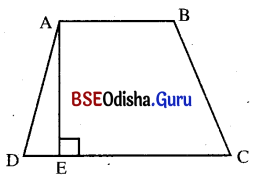

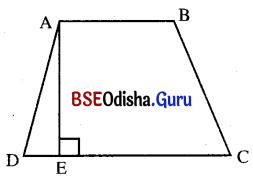

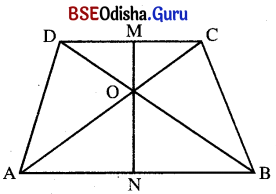

![]()
![]()
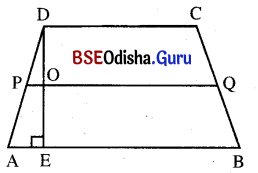
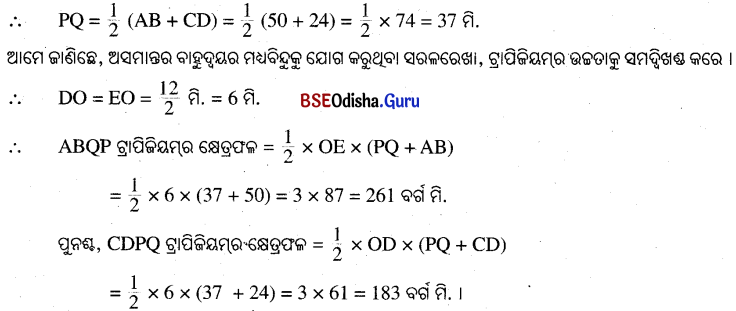
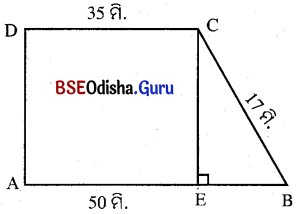

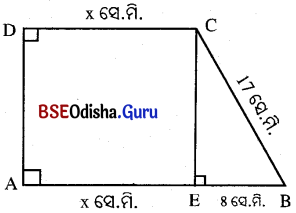

![]()

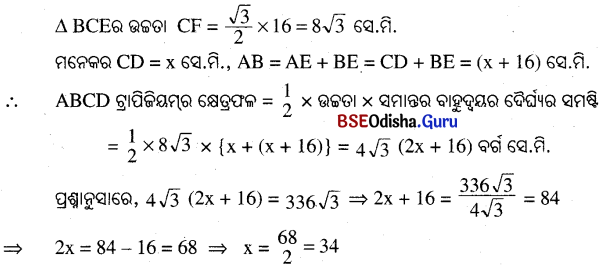
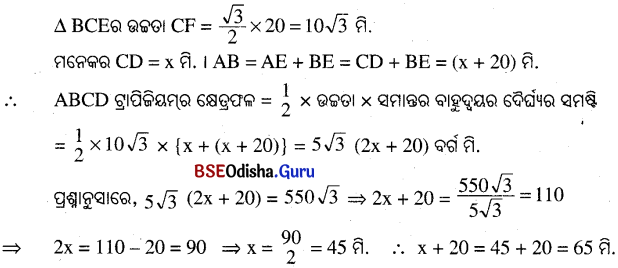
![]()
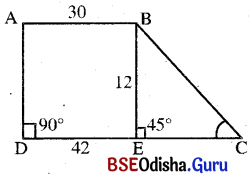

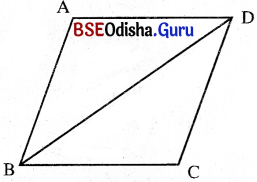
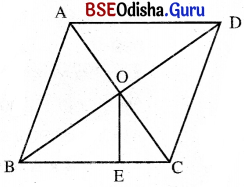
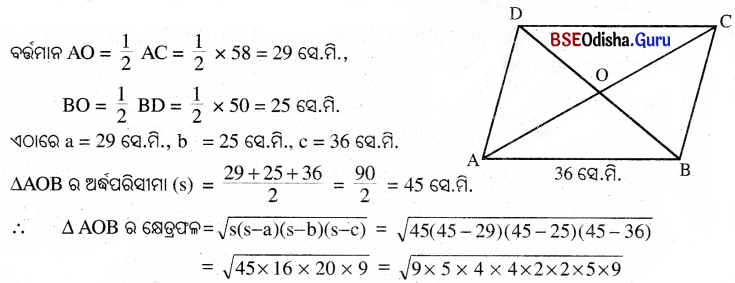
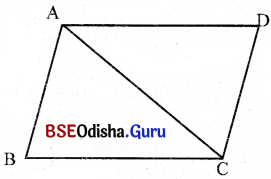

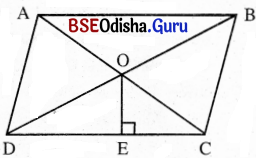
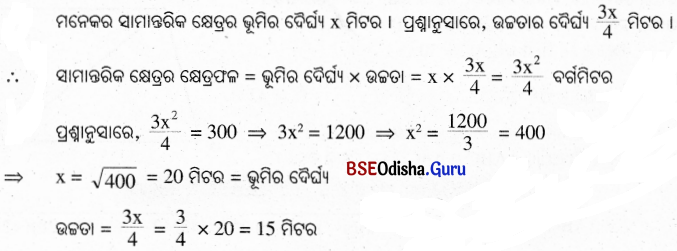
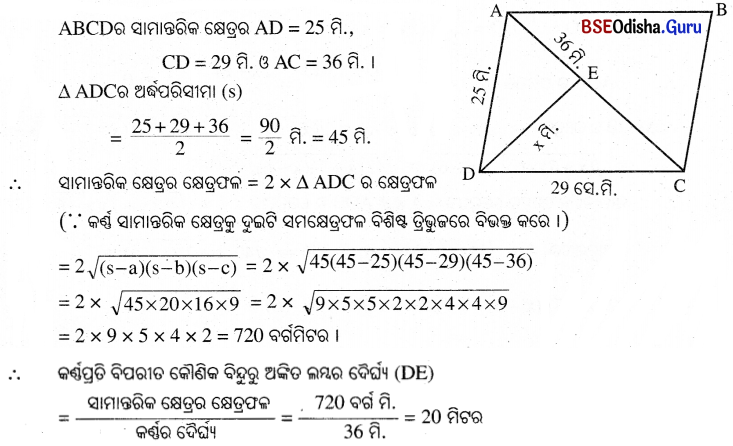

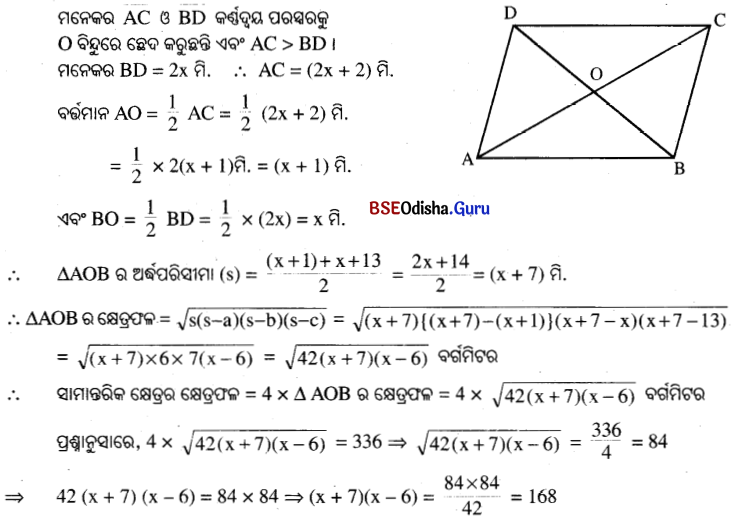
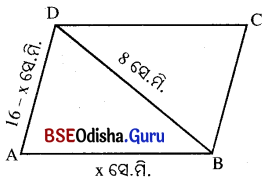
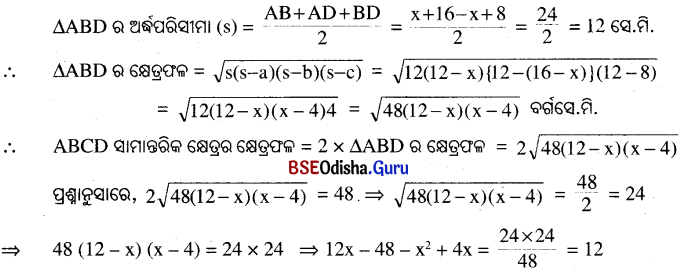
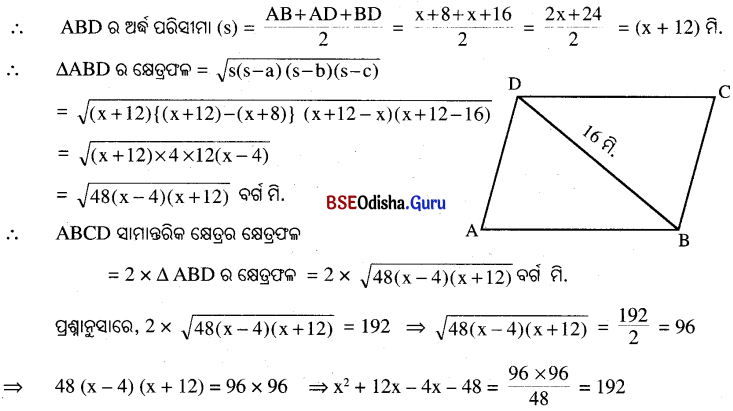
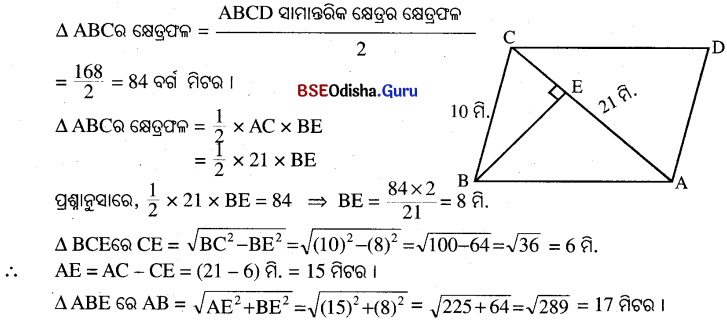




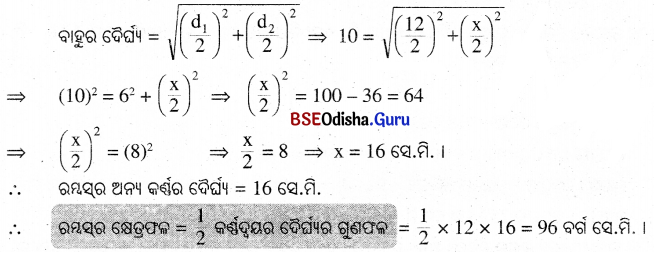
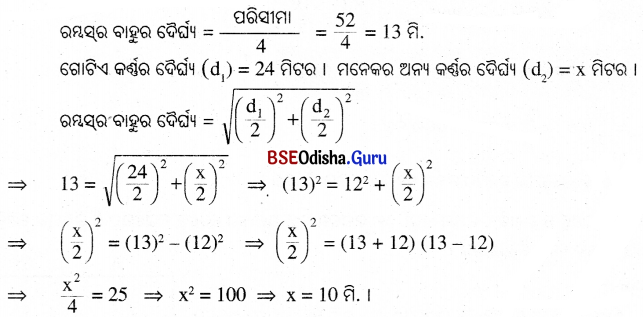

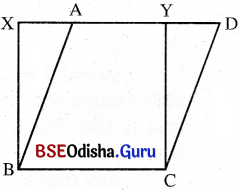





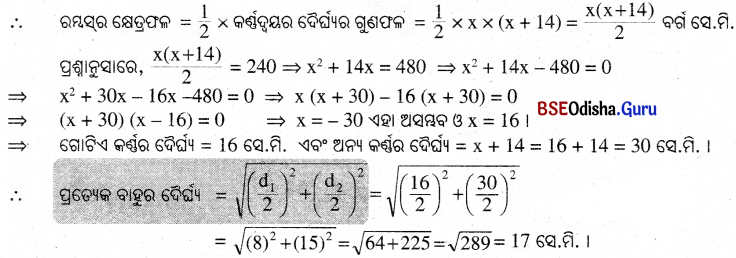

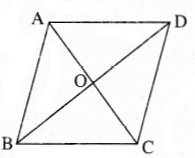
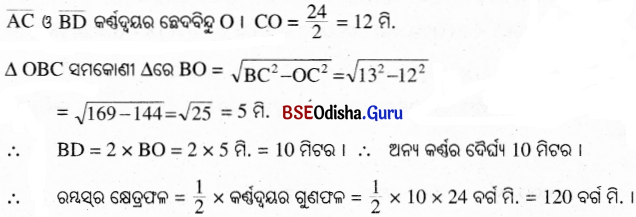

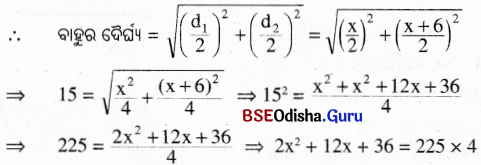
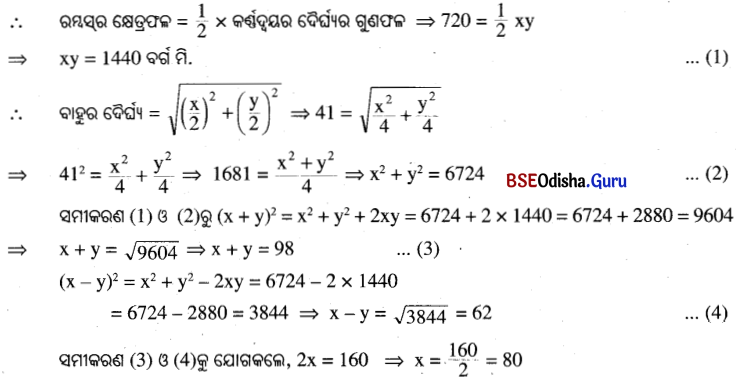
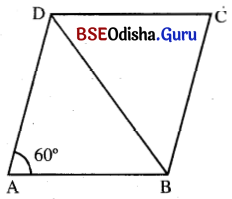
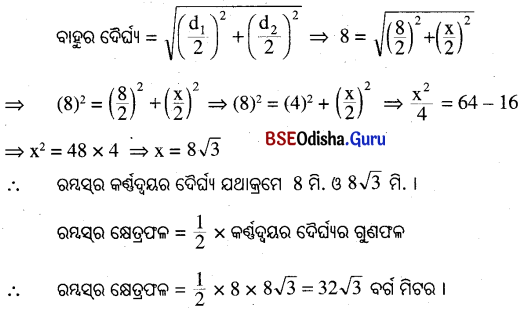
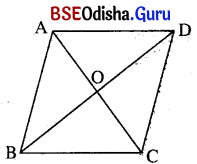
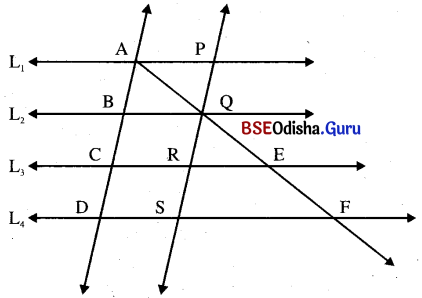
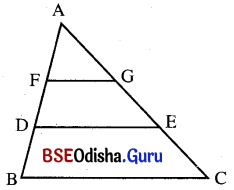
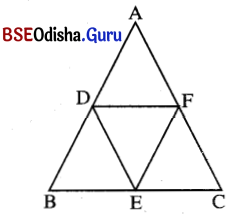
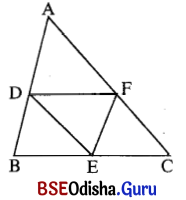
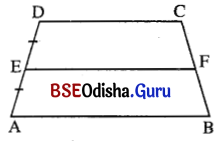

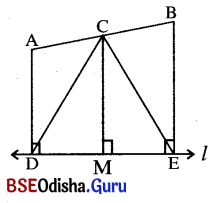
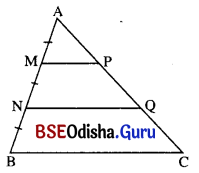
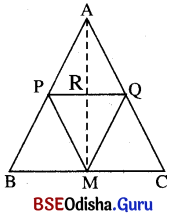
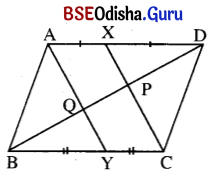
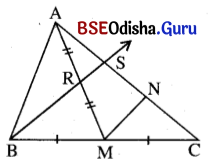
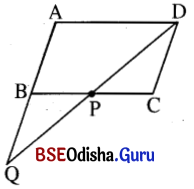

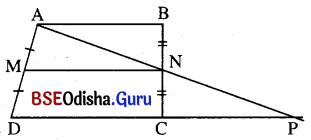
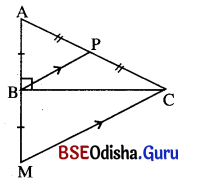

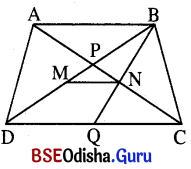
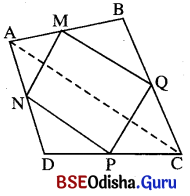
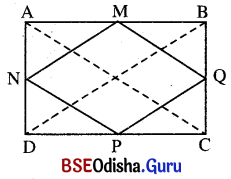
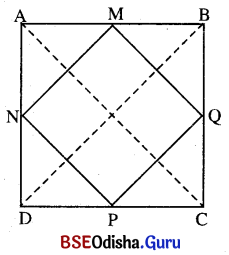

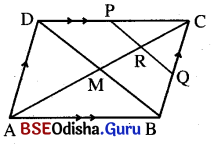 (ପ୍ରମାଣିତ)
(ପ୍ରମାଣିତ)
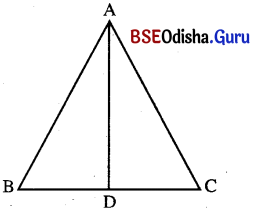

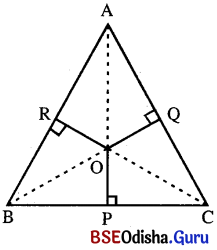
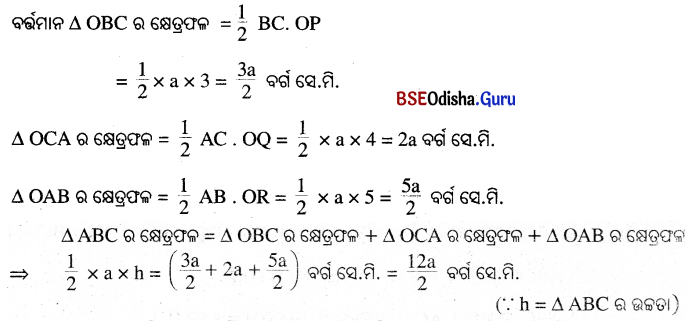
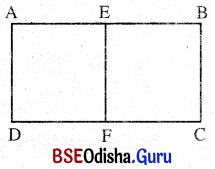

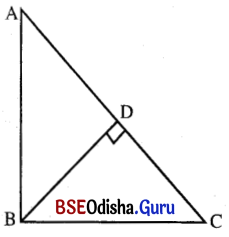
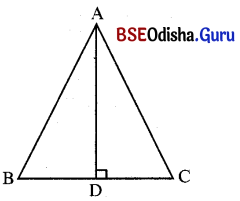

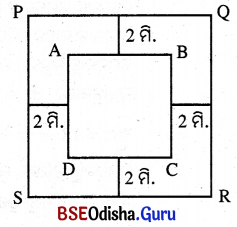
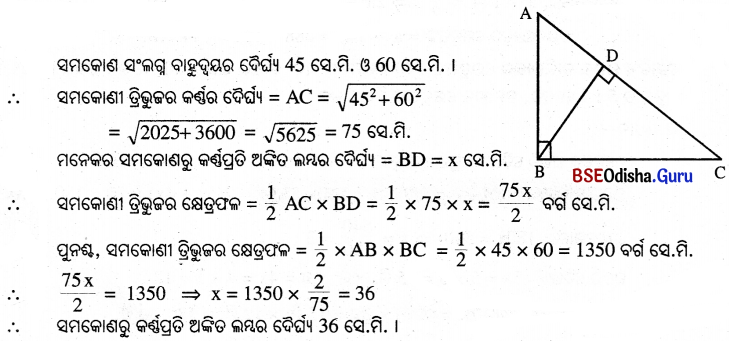
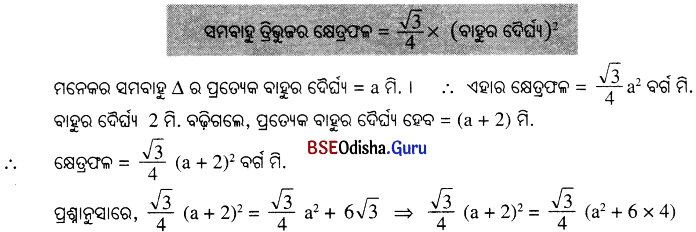

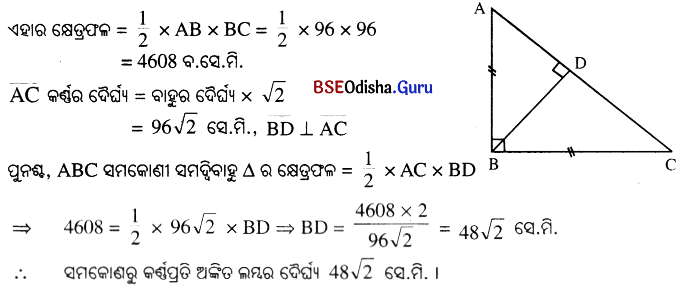
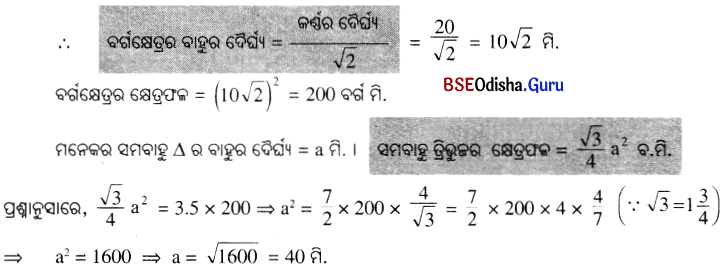


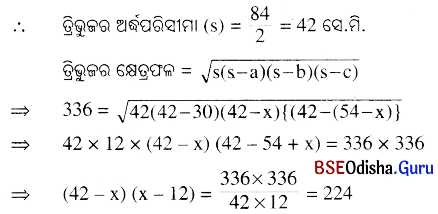
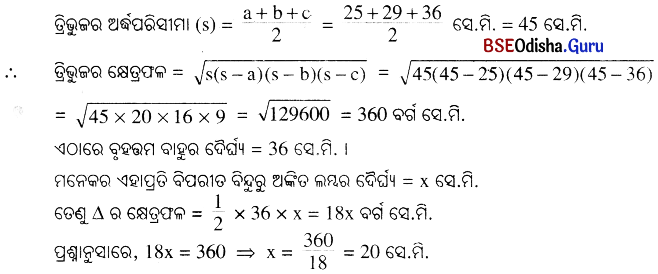

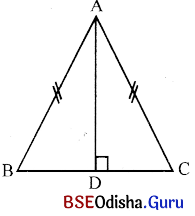


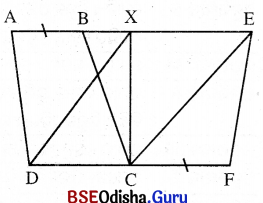
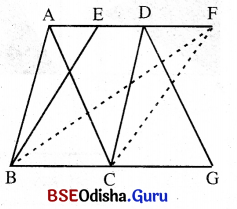

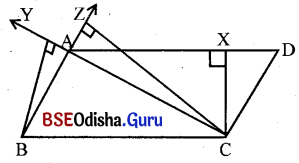
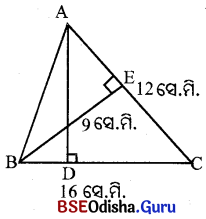
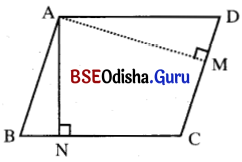
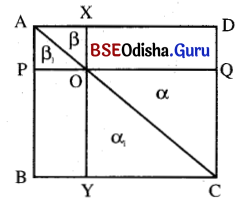
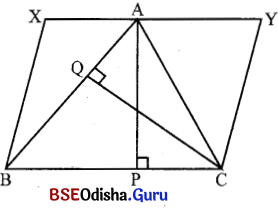
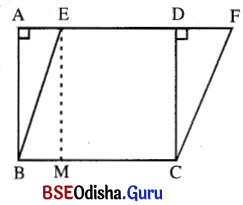 (ପ୍ରମାଣିତ)
(ପ୍ରମାଣିତ)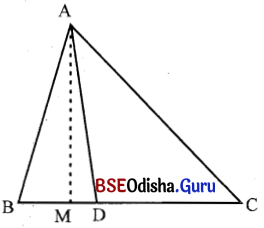

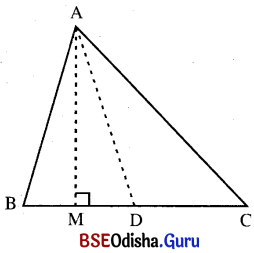
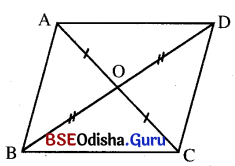
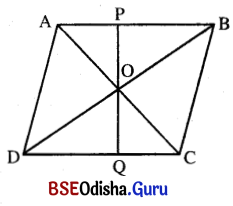
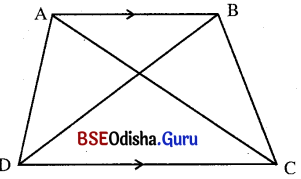
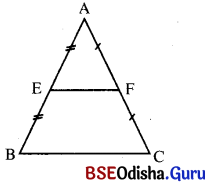
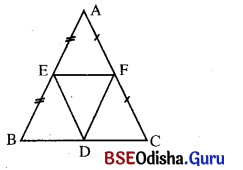
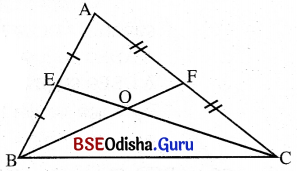

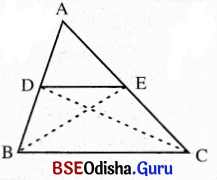
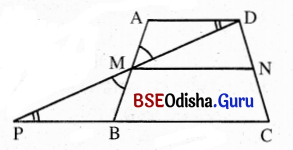
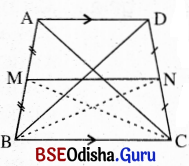
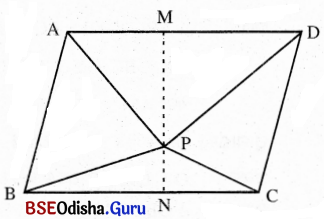
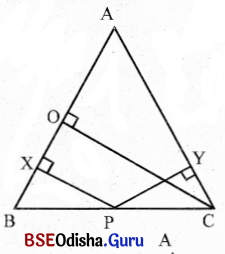


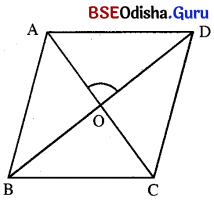
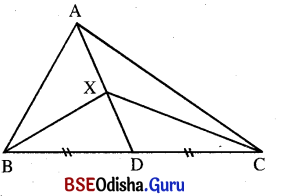
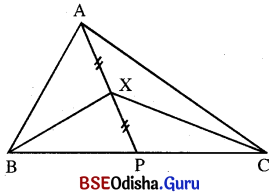
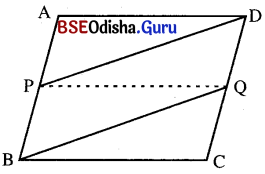
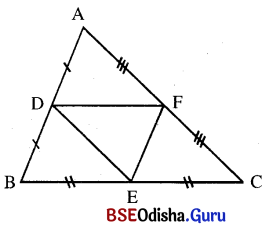
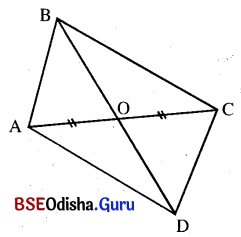
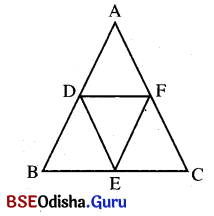
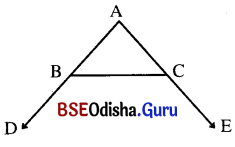 (ପ୍ରମାଣିତ)
(ପ୍ରମାଣିତ)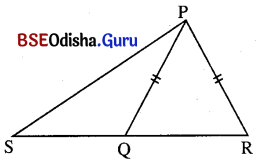
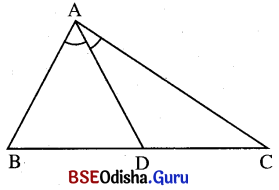 (ପ୍ରମାଣିତ)
(ପ୍ରମାଣିତ)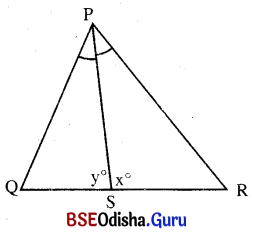 (ପ୍ରମାଣିତ)
(ପ୍ରମାଣିତ)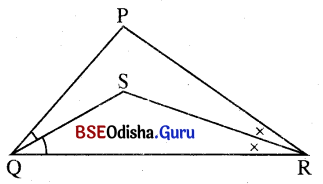 (ପ୍ରମାଣିତ)
(ପ୍ରମାଣିତ) (ପ୍ରମାଣିତ)
(ପ୍ରମାଣିତ)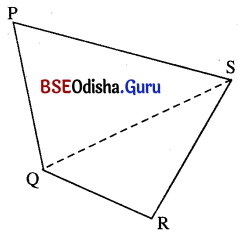 (ପ୍ରମାଣିତ)
(ପ୍ରମାଣିତ)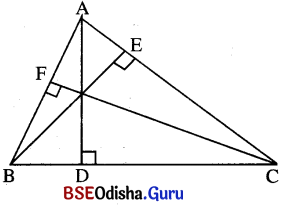 (ପ୍ରମାଣିତ)
(ପ୍ରମାଣିତ)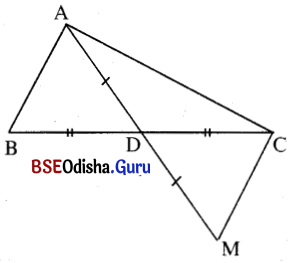 (ପ୍ରମାଣିତ)
(ପ୍ରମାଣିତ)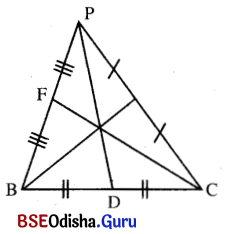 (ପ୍ରମାଣିତ)
(ପ୍ରମାଣିତ)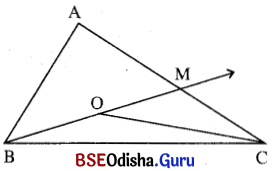 (ପ୍ରମାଣିତ)
(ପ୍ରମାଣିତ)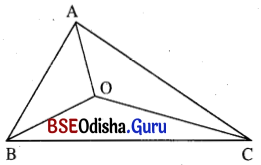 (ପ୍ରମାଣିତ)
(ପ୍ରମାଣିତ)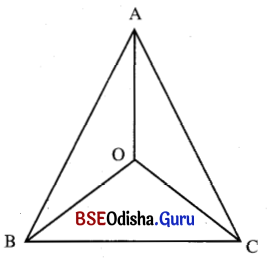 (ପ୍ରମାଣିତ)
(ପ୍ରମାଣିତ)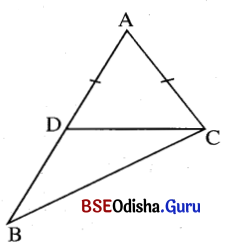
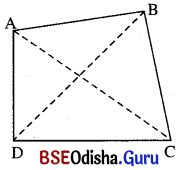
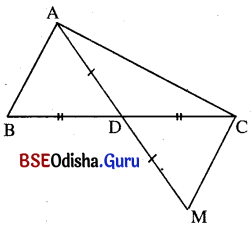
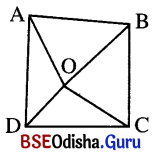
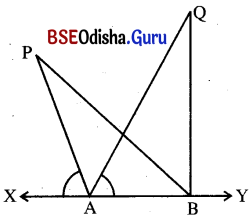
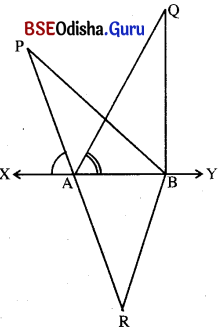


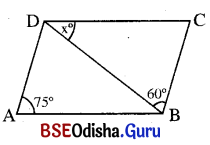
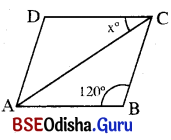
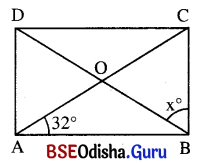
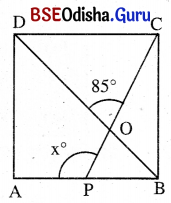
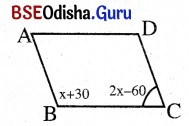
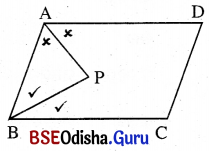
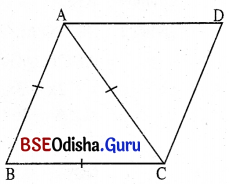
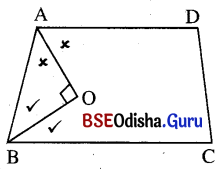 (ପ୍ରମାଣିତ)
(ପ୍ରମାଣିତ)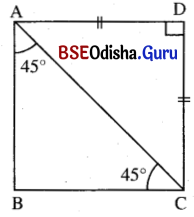 (ପ୍ରମାଣିତ)
(ପ୍ରମାଣିତ)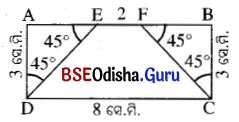 (ପ୍ରମାଣିତ)
(ପ୍ରମାଣିତ)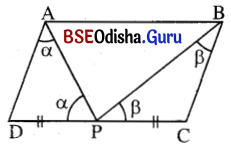 (ପ୍ରମାଣିତ)
(ପ୍ରମାଣିତ)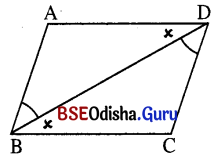 (ପ୍ରମାଣିତ)
(ପ୍ରମାଣିତ)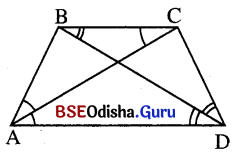 (ପ୍ରମାଣିତ)
(ପ୍ରମାଣିତ)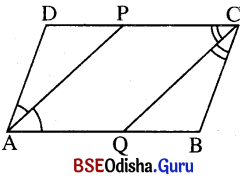 (ପ୍ରମାଣିତ)
(ପ୍ରମାଣିତ)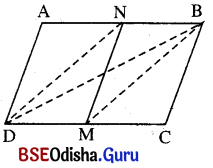
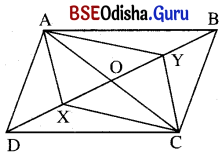 (ପ୍ରମାଣିତ)
(ପ୍ରମାଣିତ)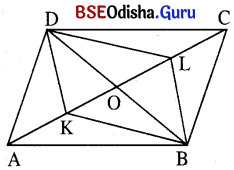 (ପ୍ରମାଣିତ)
(ପ୍ରମାଣିତ)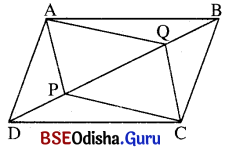 (ପ୍ରମାଣିତ)
(ପ୍ରମାଣିତ)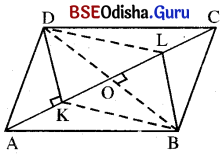 (ପ୍ରମାଣିତ)
(ପ୍ରମାଣିତ)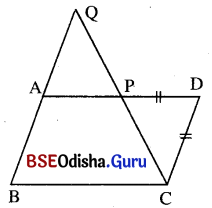
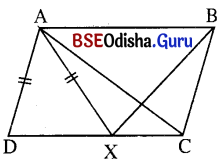
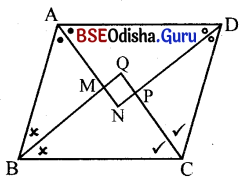
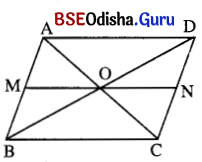
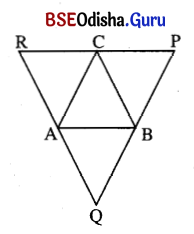
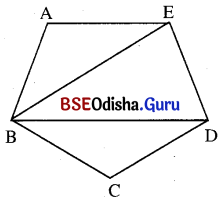


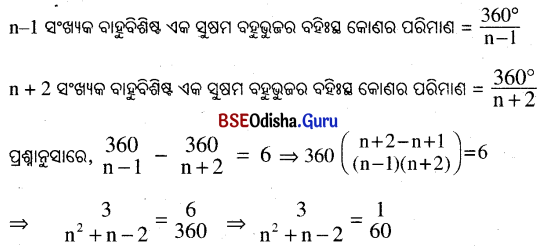
 (ପ୍ରମାଣିତ)
(ପ୍ରମାଣିତ)